Reportar esta entrada
Más sobre la misma comunidad-colección
Familia Rene A. Valenzuela-1985 - El Paso, Texas
Photograph of my family in El Paso Texas in 1985. L-R, my son ...
Exposición de Cathedral High School - El Paso, Texas - 2017
Cathedral High School and Saint Patrick Exhibit opening. First ...
CATHEDRAL HIGH SCHOOL CLUB DE MUJERES DE EL PASO, EL PASADO / PRESENTE
CATHEDRAL HIGH SCHOOL WOMAN’S CLUB OF EL PASO, THE PAST/ ...
CATHEDRAL HIGH SCHOOL CLUB DE MUJERES DE EL PASO, EL PASADO / PRESENTE
CATHEDRAL HIGH SCHOOL WOMAN’S CLUB OF EL PASO, THE PAST/ ...
Tte Rene A. Valenzuela, Cuerpo de Ingenieros del Ejército de los Estados Unidos
Photo of me on the southern shores of the Caspian Sea in ...
1LT René A. Valenzuela, Cuerpo de Ingenieros del Ejército de los Estados Unidos
At the firing range in the jungles of Panama training for ...
1LT Rene A. Valenzuela, Cuerpo de Ingenieros del Ejército de los Estados Unidos
Department of Technical Operations, Engineer Instructional ...
Thomas Jefferson 2017-2018 Ex Sobresaliente
Dr. Gloria Gonzalez Barragan, class of 1968 was named Thomas ...
Michael Momsen, Ex alumno de la escuela Saint Joseph - El Paso, Texas
Michael Momsen, son of Gus Peter Momsen III & Winifred Foy ...
Lincoln Park 2017 - El Paso, Texas
Annual Lincoln Park Event for car shows and Hispanic culture. ...
Lincoln Park 2017 - El Paso, Texas
Annual Lincoln Park Event for car shows and Hispanic culture in ...
Lincoln Park 2017 - El Paso, Texas
Annual Lincoln Park Event for car shows and Hispanic culture in ...
Lincoln Park 2017 - El Paso, Texas
Annual Lincoln Park Event for car shows and Hispanic culture. ...
Apolonio Reyes - Compañía E - 1940
Reyes was a member of Rifle Company E, 141st U.S. Army Infantry, ...
Apolonio Reyes, Tony, Andrés y Juan Saucedo - 1940
Apolonio Reyes (left) with Tony and Andres Saucedo - Company E. ...
Apolonio Reyes, Tony, Andrés y Juan Saucedo - 1940
Apolonio Reyes (standing middle) with Tony, Andres, and Juan ...
Leo-béisbol Star el paso, Texas-2017
Photograph taken at the Bel Air Optimist Club. Leo Trinidad ...
Fernando Villela y Rosa Villela - 50º Aniversario- 2017
Married 50 years -- Fernando Villela and Rosa Villela celebrate ...
Fernando Villela y Rosa Villela - 50º Aniversario- 2017
July 30, 2017 - Fernando Villela and Rosa Villela celebrate 50th ...
Fernando Villela y Rosa Villela - 50º Aniversario- 2017
July 30, 2017 - Fernando Villela and Rosa Villela celebrate 50th ...

















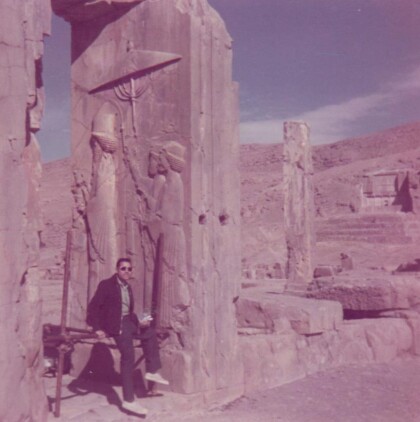
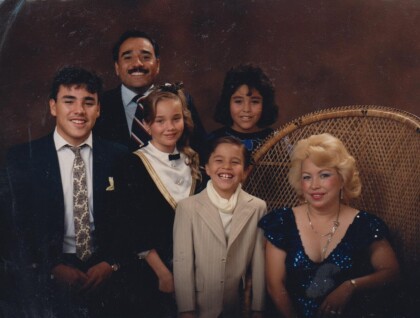
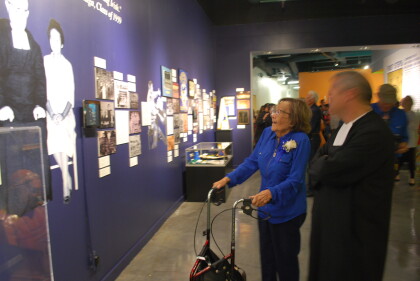
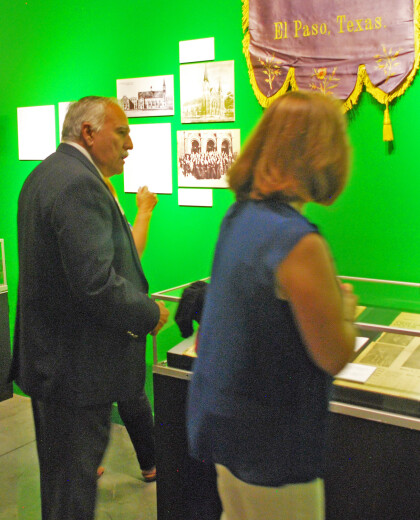
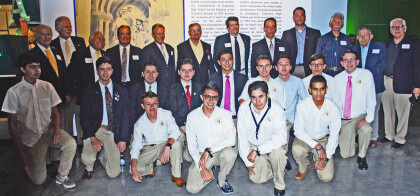
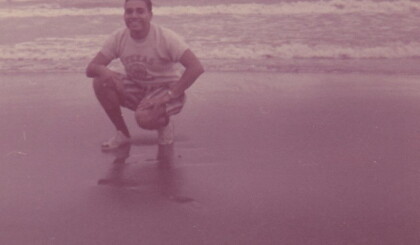
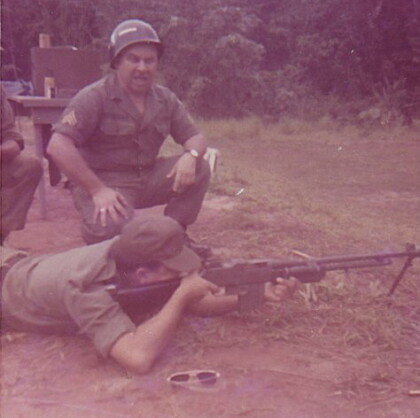
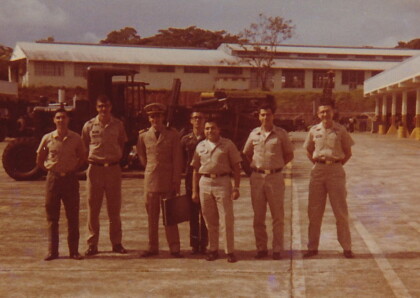
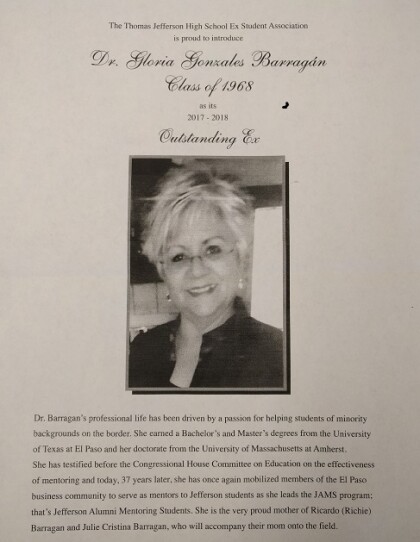
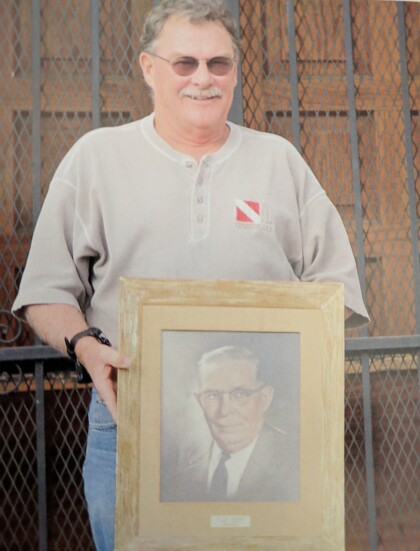
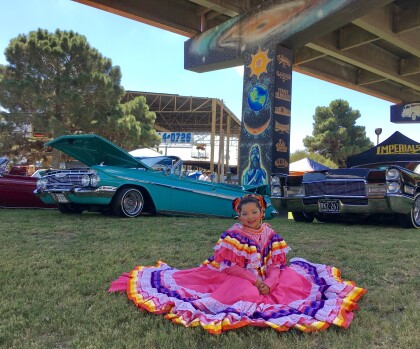
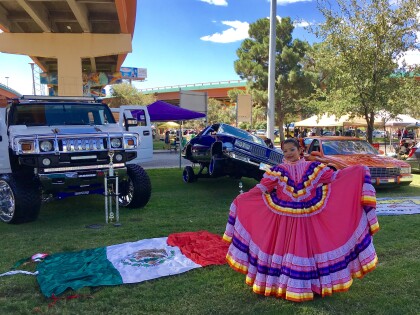
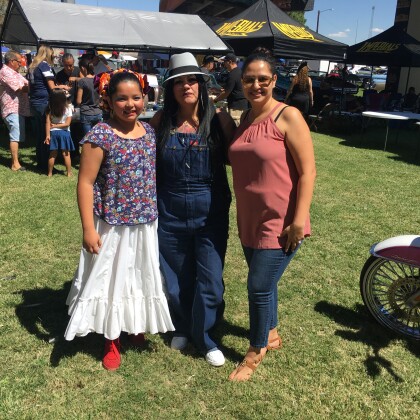
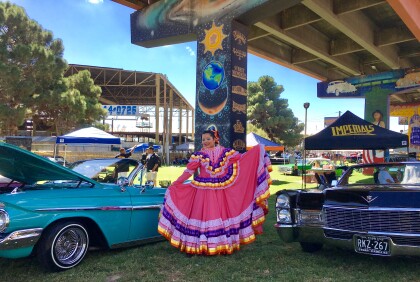
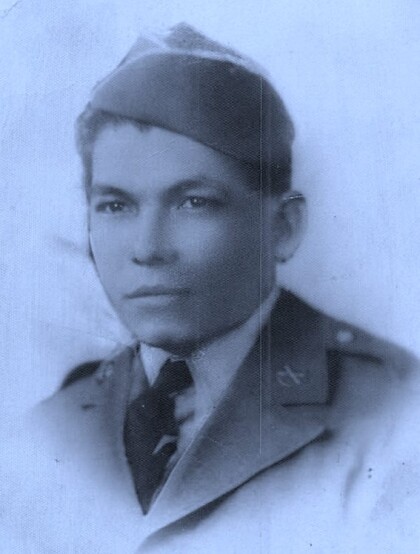
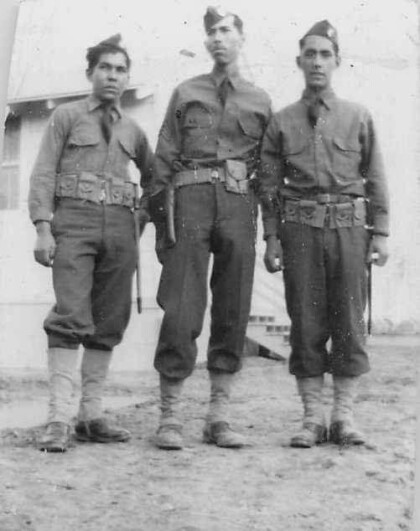
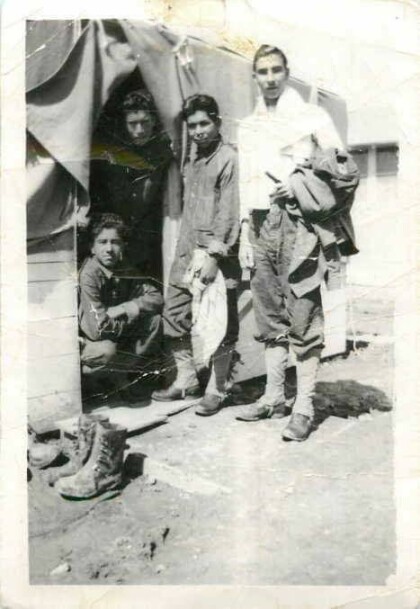
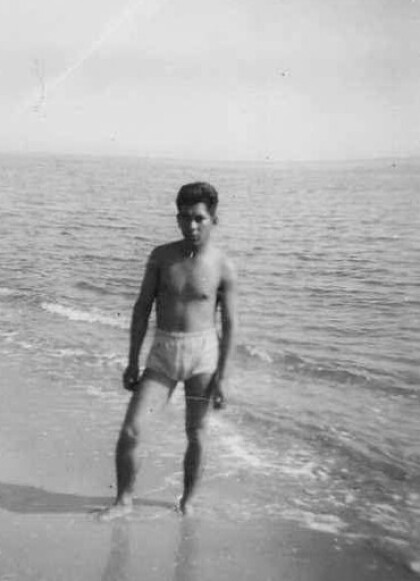


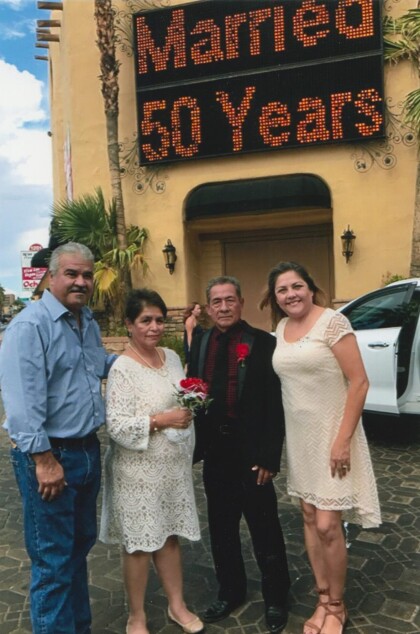
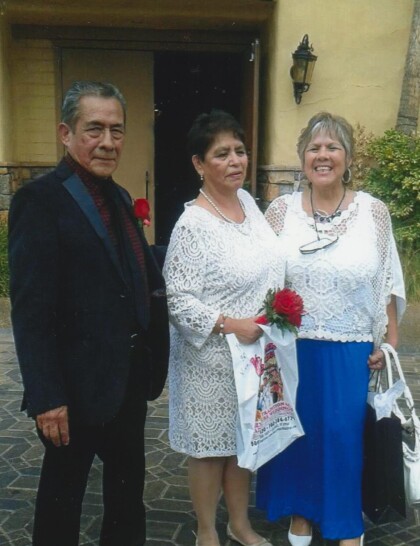
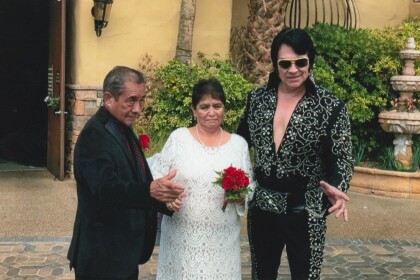
Comentarios
Hacer un comentario